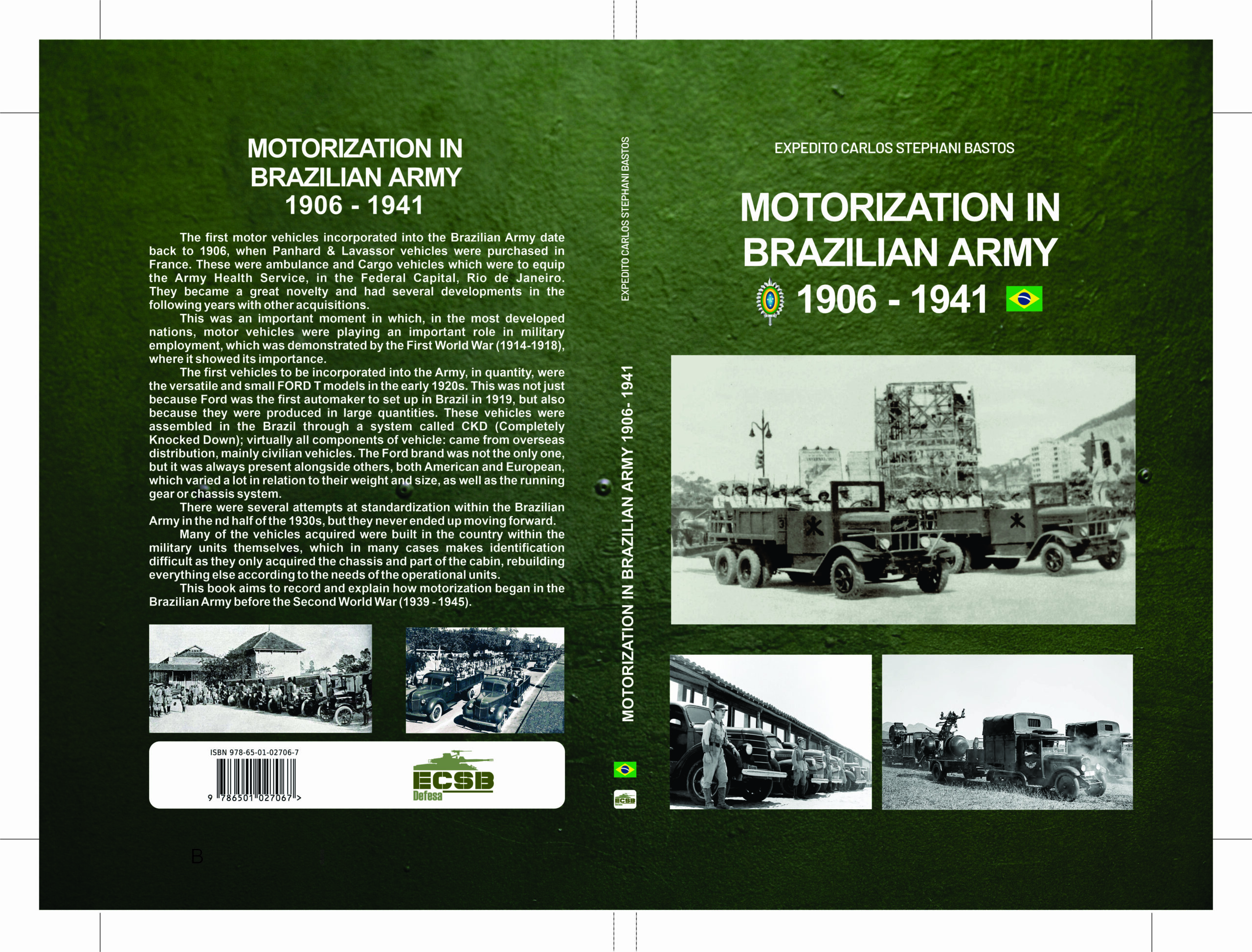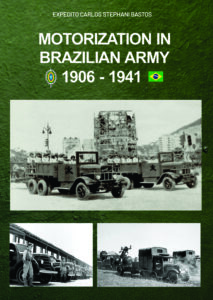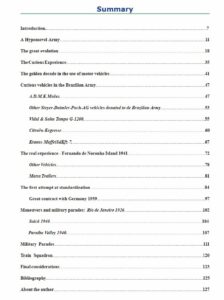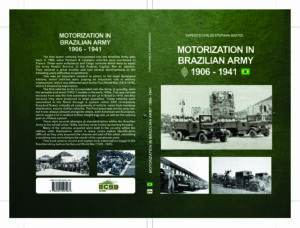Descrição
The first motor vehicles incorporated into the Brazilian Army date back to 1906, when Panhard & Lavassor vehicles were purchased in France. These were ambulance and Cargo vehicles which were to equip the Army Health Service, in the Federal Capital, Rio de Janeiro.
They became a great novelty and had several developments in the following years with other acquisitions.
This was an important moment in which, in the most developed nations, motor vehicles were playing an important role in military employment, which was demonstrated by the First World War (1914-1918), where it showed its importance.
The first vehicles to be incorporated into the Army, in quantity, were the versatile and small FORD T models in the early 1920s. This was not just because Ford was the first automaker to set up in Brazil in 1919, but also because they were produced in large quantities. These vehicles were assembled in the Brazil through a system called CKD (Completely Knocked Down); virtually all components of vehicle: came from overseas distribution, mainly civilian vehicles. The Ford brand was not the only one, but it was always present alongside others, both American and European, which varied a lot in relation to their weight and size, as well as the running gear or chassis system.
There were several attempts at standardization within the Brazilian Army in the second half of the 1930s, but they never ended up moving forward.
Many of the vehicles acquired were built in the country within the military units themselves, which in many cases makes identification difficult as they only acquired the chassis and part of the cabin, rebuilding everything else according to the needs of the operational units.
This book aims to record and explain how motorization began in the Brazilian Army before the Second World War (1939 – 1945).








